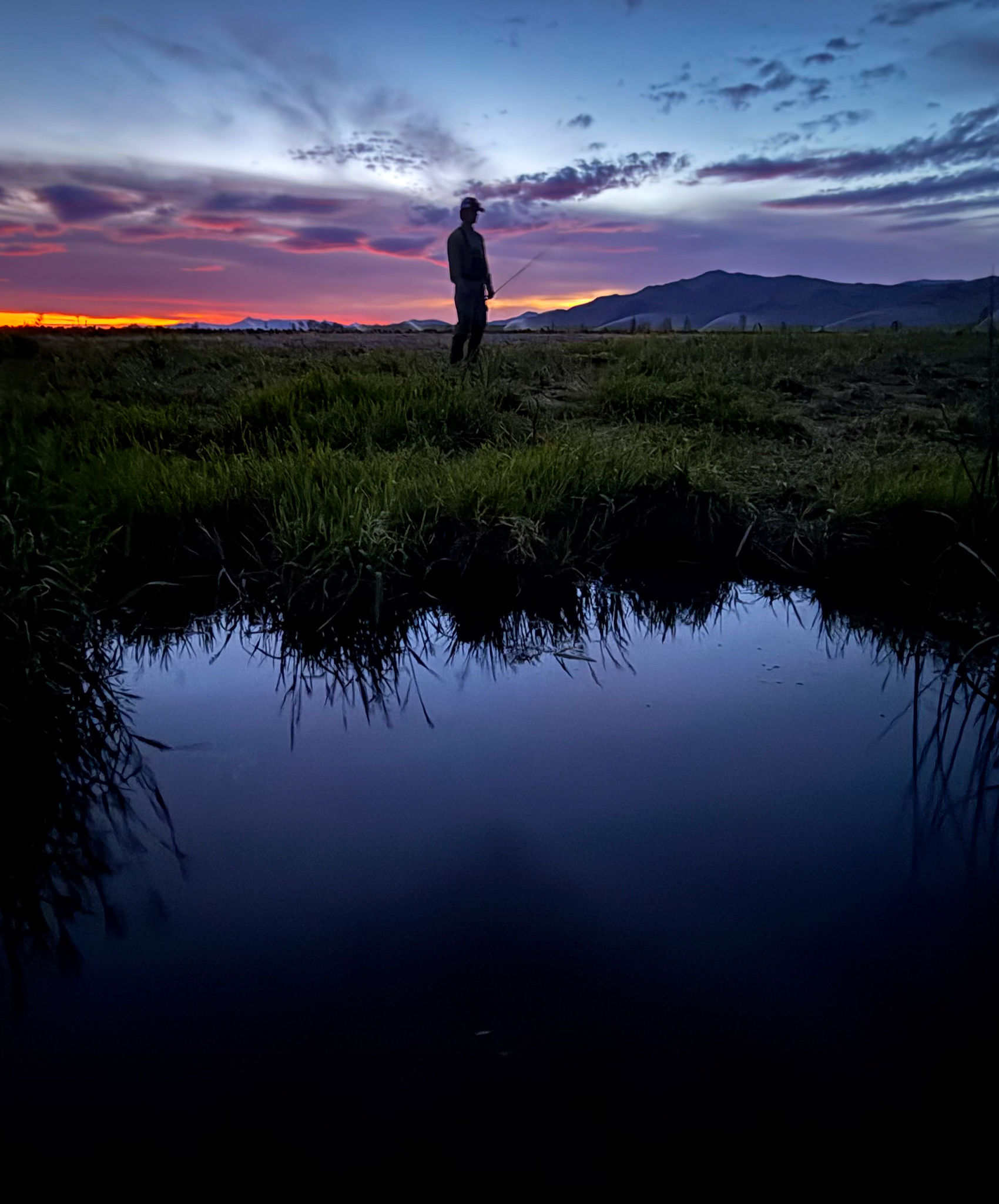How to Master Fly Fishing: Techniques and Tips from the Pros
Understanding the Basics of Fly Fishing
Fly fishing is an art form that combines patience, skill, and a deep appreciation for the natural world. At its core, fly fishing involves using a lightweight lure, known as a fly, to catch fish. Unlike traditional fishing methods, fly fishing relies on the weight of the line rather than the lure to make a cast. This unique technique allows for a more delicate presentation and can be incredibly rewarding when mastered.
Before diving into advanced techniques, it's essential to understand the basic components of fly fishing gear. The primary tools you'll need include a fly rod, reel, line, leader, tippet, and flies. Each piece of equipment plays a crucial role in the overall experience and effectiveness of your fishing efforts.

Perfecting Your Casting Technique
One of the most challenging aspects of fly fishing is mastering the cast. The goal is to present the fly as naturally as possible to entice fish. To achieve this, practice makes perfect. Start by focusing on your grip and stance. Hold the rod with a relaxed grip and stand with your feet shoulder-width apart.
The basic cast involves a smooth motion of the rod tip in a straight line. Begin with your rod tip low and gradually accelerate your arm movement while maintaining a straight path. Pause briefly at the end of the backcast before moving into the forward cast. Remember, timing and rhythm are crucial for a successful cast.
Common Casting Mistakes
Even seasoned anglers can make casting mistakes. Some common errors include breaking the wrist during the cast or using too much force. These mistakes can lead to tangled lines or inaccurate casts. To avoid these issues, focus on maintaining a steady rhythm and smooth motion.

Selecting the Right Fly
Choosing the right fly can make all the difference in your success on the water. Flies are designed to mimic various insects, baitfish, and other aquatic creatures that fish feed on. When selecting a fly, consider factors such as water conditions, time of year, and the species you're targeting.
There are three main types of flies: dry flies, nymphs, and streamers. Dry flies float on the surface and are ideal for imitating adult insects. Nymphs are submerged just below the surface and replicate immature insects or larvae. Streamers are larger flies that mimic baitfish and are effective for targeting larger predators.
Matching the Hatch
The concept of "matching the hatch" refers to selecting a fly that closely resembles the insects currently hatching in the area. Observing insect activity on the water's surface can provide valuable clues about which flies to use.

Reading the Water
Understanding how to read the water is an essential skill for any fly angler. Fish often congregate in specific areas based on factors such as current speed, depth, and available cover. By learning to identify these hotspots, you can increase your chances of a successful catch.
Look for areas where fast-moving water slows down or where two currents converge. These spots often provide food and shelter for fish. Additionally, pay attention to structures like rocks, logs, or overhanging vegetation that offer cover from predators.
Adapting to Changing Conditions
Water conditions can change rapidly due to weather or time of day. Being able to adapt your approach accordingly is key to mastering fly fishing. If fish aren't biting, try switching up your fly selection or adjusting your casting technique.

The Importance of Patience and Practice
Like any skill worth mastering, fly fishing requires patience and persistence. It's not uncommon to spend hours without catching a single fish, especially when first starting out. However, each outing provides an opportunity to learn and improve your technique.
Don't be discouraged by initial setbacks. Instead, view each challenge as a chance to refine your skills and deepen your appreciation for this timeless pastime. With dedication and practice, you'll soon find yourself reeling in memorable catches while enjoying the serenity of nature.
